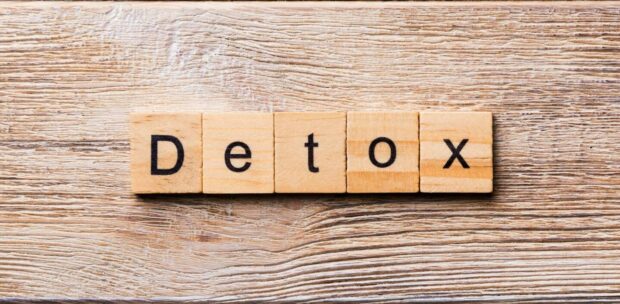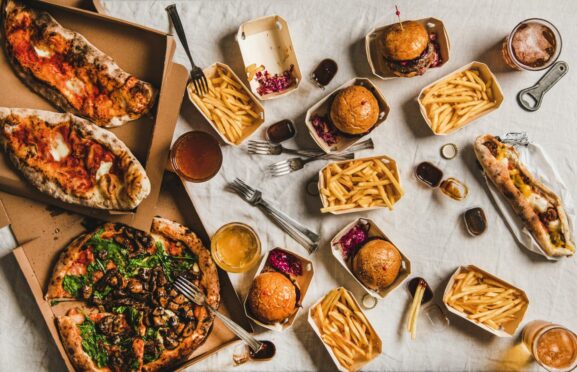In Scotland the way in which we socialise is primarily through celebration or over good food and drink.
We’re a nation known for being a little too heavy handed with our booze so Dry January is the perfect excuse to ease off and swap our alcoholic beverages for non-alcoholic versions.
While years ago, the non-boozy alternatives didn’t taste so good, nowadays it isn’t uncommon for them to taste just as good, if not better than the originals.
If you have decided to take a step back from alcohol and drink less we’ve got some tips on how you can do so without putting too much pressure on yourself.
You don’t have to go T-total and or booze free for the whole month, never mind year. You can take each day as it comes.
1. Set realistic targets
The first thing to do when trying to not drink alcohol is set realistic targets. If you set yourself an unrealistic target you’ll be setting yourself up for failure and will be reluctant to carry on if, or when, you do have a drink.
Why not set yourself a weekly or even monthly target? You can reset when you are coming to the end of the timescale and revaluate then. Even just cutting out alcohol for a while will do your body and mind wonders.
It can be hard to resist the temptation at times, but if you do decide to have a drink, re-set and re-focus yourself the next day and see how far you can go without having a drink this time.
2. Get it out of the house or lock it away
It seems obvious but ensure temptation is stored away somewhere.
If you have space, decant your booze into a cupboard you hardly use and stock your usual alcohol cupboard with non-alcoholic alternatives.
The age old saying “out of sight, out of mind” springs to mind.
3. Buy quality alternatives
We’ve touched on alternatives but there are hundreds of products to pick from now – not just soft drinks or fruit juices!
From sparkling rose to botanical spirits, not to mention beer, cider and wine, there are lots of different non-alcoholic drinks you can enjoy.
If you are dining out, why not swap cocktails for mocktails? Most bars will now have a full mocktail list and some of the best cocktail venues will be able to make a non-alcoholic drink exactly to your tastes, too.
The art to not feeling out of place is not looking it, so you can easily enjoy a booze-free gin and tonic while your friends or family tuck into their alcoholic version.
Nevertheless you could offer those you are with to try the product out to see if a non-alcoholic version is to their tastes too.
4. Treat yourself
One of the main reasons people give up booze for events like Dry January or Sober October is that they want to save some money.
Many will also try and raise money for charity while participating in events such as the two mentioned, however, you will find some are keen to save a few pennies after a busy festive break.
One way to really stay motivated is to transfer yourself the money you would be spending on alcohol on a night out, or night in, to your savings account and treat yourself to something you’ve been saving up for. You could even put the money towards an experience or your next trip away.
Alcoholic drinks tend to be pricey, however some premium non-alcoholic ones can be just as costly so be sure to read the label and price before purchasing.
5. Remind yourself of your motivations
Another reason some individuals wish to stop drinking for a while is to make themselves feel better.
Excessive drinking can take a lot out of your body and when you are tired and hungover you tend to make choices that aren’t necessarily good for you – like purchasing a takeaway or eating and drinking sugary products.
Some also feel extremely bloated so cutting back can potentially help reduce this.
6. Count the benefits – including a better night’s sleep
While it might in the end result in you getting to sleep faster, you won’t have a better quality of sleep if you’ve been drinking alcohol.
Your sleep tends to be more disrupted which means you’ll likely be overtired the next day and experience daytime drowsiness. You’ll likely have poorer concentration, too.
This is also when you’ll make those decisions that will benefit your hangover short-term, like eating comfort food.
So when you give up alcohol, it’s a good idea to count those benefits – from a better night’s sleep, to helping reduce your calorie intake, and feeling fresher and more focused the next day.



